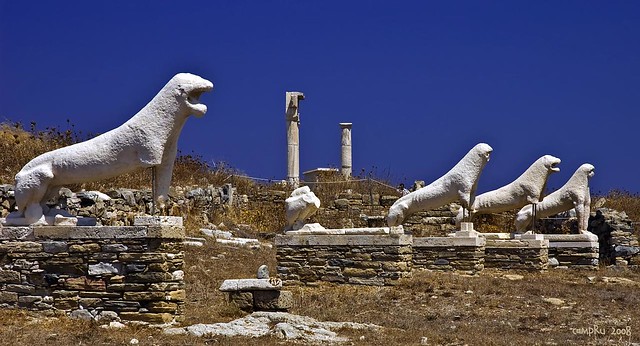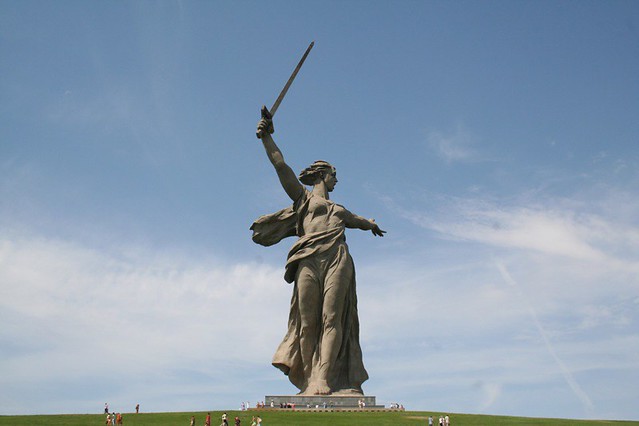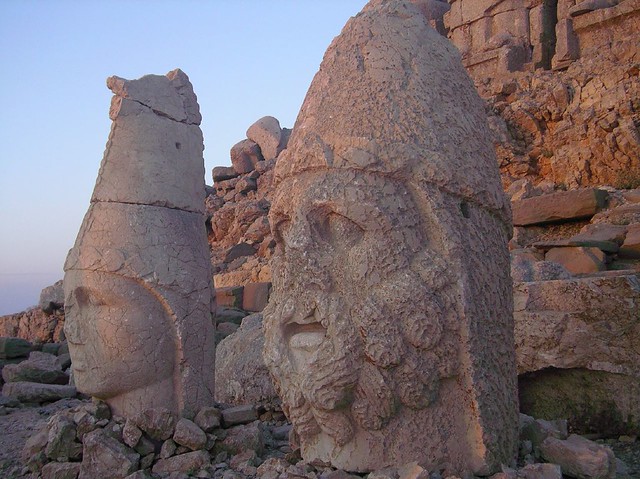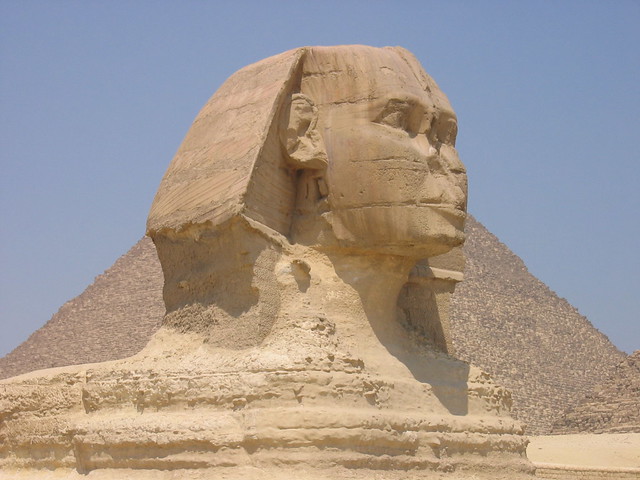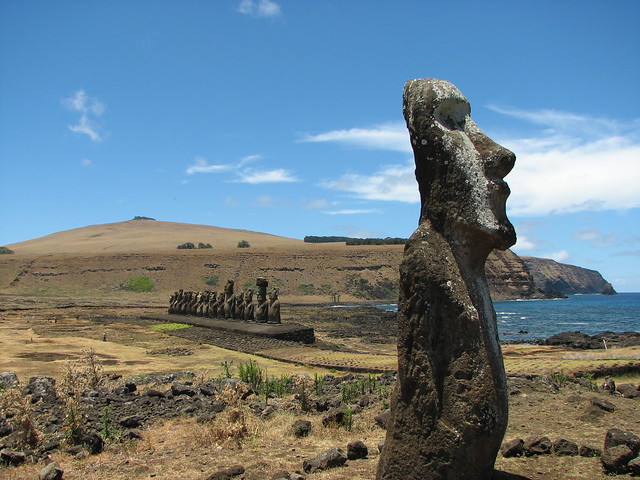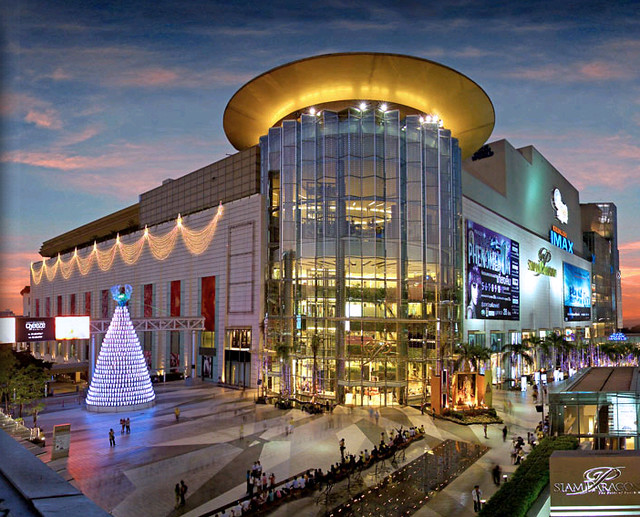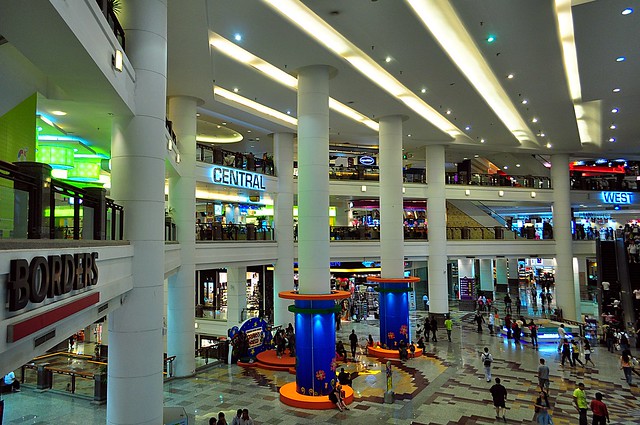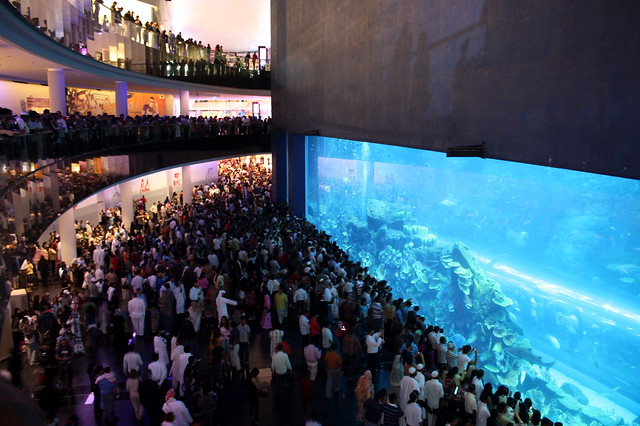Many of us poor people have inevitably been within hearing range of someone who says “If I was really rich, I would ________.” Often it’s something intentionally wasteful or indulgent. Well, here are some rich people doing things that really will put whatever that wishful person could come up with to shame.
10. Bono Gets His Hat

If you’ve ever felt the sting of last minute Christmas shopping and having to send presents through overnight delivery, you still will probably never hold a candle to when in 2003, rock superstar and charity performer Bono spent L1,000 to have a hat that he’d just retrieved from a legal dispute with a former wardrobe employee flown overnight from Italy to him. Bear in mind this was a hat he had forgotten about for years and was only concerned about so that he could ensure it was not sold off. And this was for a charity performance, where you’d imagine the L1,000 could have been put to better use. Foolishly, it was apparently the hat’s only solo flight, so frequent flyer miles were not really possible.
9. An Era Of Hiring Hermits

When you consider how far the wealthy are willing to go these days to keep the poor away, it’s almost impossible to imagine that for a period during the early nineteenth century, well-to-do Europeans were hiring people to live by themselves cut off from human interaction in little homes on their estates. One of the best stories of this is Charles Hamilton, who had a big tree fort built on his property for a hired hermit to live in. The best part is the guy who took the job only lasted three weeks. What on Earth did the people who didn’t get the job have to do to blow it at the interview?
8. Francis Egerton’s Dinners

Back during the years when famine was a regular occurrence all over the world (i.e., pretty much pre-twentieth century), Egerton still managed to hold some nice and lovely dinners, even if they did fly in the face of mother nature. Meaning, his dinner parties consisted entirely of himself and packs of dogs at his table. Dogs that had special shoes tied on and jackets, with servants in attendance behind them. If the dogs misbehaved, they were sent to the servant’s dining room. Hint, hint.
7. Hamad bin Hamdan Al Nahyan’s Name

Yeah, that does look like an expensive name, doesn’t it? Very long engravings, printings, hard to fit on name tags, and probably very expensive to carve into the ground in letters large enough to see from space. Yes, this member of Abu Dhabi’s royal family has indeed spent untold amounts to have Pakistani, Bangledeshi, and probably laborers from every other poor country dig his name into the ground. The best you can say about this is he’s had the restraint to not have his full name written. Or to use comic sans font.
6. The Ruff

You’ve seen it before in dozens of pictures of people from the sixteenth and seventeenth centuries, but what is the deal with those excessive, uncomfortable-looking collars people wore back then? Get this: the aesthetic choice behind it was to separate the body from the head so that the head would be judged more on it’s own aesthetic values, like putting a lamp or a plate on a doily. Yes, in an era where peasants wanted to rebel for religious, financial, and political reasons, the upper class were going around wearing outfits that said “This is what my head would look like if you cut it off! Isn’t that great!?”
5. Timothy Dexter’s Statue Collection

Given that by his own insane admission in his autobiography (which is most famous for not containing a single bit of punctuation) Dexter lucked his way to wealth, it’s appropriate that he insisted on being called by the title “Lord,” even though the lack of monarchy made it so that he couldn’t possibly actually be one. So to impress everyone else instead, he had 40 statues erected in his front yard of luminaries ranging from Napoleon Bonaparte to George Washington to himself. Actually, there were two statues of himself. Cause really, saying he was only twice as good everyone else there was only being modest.
4. Jefri Bolkaih’s Life

So, you’re the minister of finance from 1996 to 1998 for the oil rich country of Brunei and a member of the nation’s royal family. Then you decide to steal an alleged $14.6 billion’s worth. What do you do with that money? How do the following sound:
-Buy a 747 and refit it so that it can be used for just your polo horses.
-Buy a cruise ship and name it “T**s” (and name lifeboats on it “Nipple 1” and “Nipple 2”
-Buy a bunch of custom made ultra-realistic statues of you having sex (that don’t flatter you in the least)
-Assemble a harem, including Jillian Lauren, who can go write a bestseller about you.
All of this has managed to come back to haunt him, as currently he is on trial. Surely a bunch of disgruntled jury members won’t feel any animosity towards an incredibly obnoxious multi-billionaire.
3. Princess Diana, Prince Charles Wedding

Remember how everyone would have a complete cow over how wonderful it was that Princess Diana raised money for charity? No wonder she felt the need to raise money for those less fortunate. It would take a long time to make up the amount of money spent on her wedding day. The wedding (cost an adjusted for inflation) $110 million dollars in contemporary dollars. Then fifteen years later, it all got flushed away in a divorce. Sorry, but for $110 million, the British government should have been legally allowed to hypnotize them into only loving each other or giving them reverse Eternal Sunshine of the Spotless Mind treatments to ensure they would never, EVER be capable of thinking that they should separate.
2. Norwood Young’s Uninspiring Movement

An R&B singer from the 90’s who decided a statue of Michelangelo’s David was just what his yard needed. Oh, wait, no, he got twenty of them. When a bunch of people protested and he managed to make the news for what he did, he made a music video about the whole mess called Stand Up For Something. There’s not much evidence that people united together to defend the right of a millionaire to keep millions of dollars worth of statues on his property.
1. Jim West’s Direct Approach

Texan oil baron Jim West who lived from 1903 to 1957 accrued a fortune of only $10 million, which even adjusted for inflation doesn’t come close to the Jefri Bolkaih’s or Princess Diana’s fortunes. But he more than made up for it with lack of style. In restaurants, at parties, at pools, he had a habit of throwing handfuls of silver dollar coins around to watch people scramble for them. He had pants made with extra big pockets to hold enough coins for proper coin throwing parties.
Source
READ MORE»
10. Bono Gets His Hat

If you’ve ever felt the sting of last minute Christmas shopping and having to send presents through overnight delivery, you still will probably never hold a candle to when in 2003, rock superstar and charity performer Bono spent L1,000 to have a hat that he’d just retrieved from a legal dispute with a former wardrobe employee flown overnight from Italy to him. Bear in mind this was a hat he had forgotten about for years and was only concerned about so that he could ensure it was not sold off. And this was for a charity performance, where you’d imagine the L1,000 could have been put to better use. Foolishly, it was apparently the hat’s only solo flight, so frequent flyer miles were not really possible.
9. An Era Of Hiring Hermits

When you consider how far the wealthy are willing to go these days to keep the poor away, it’s almost impossible to imagine that for a period during the early nineteenth century, well-to-do Europeans were hiring people to live by themselves cut off from human interaction in little homes on their estates. One of the best stories of this is Charles Hamilton, who had a big tree fort built on his property for a hired hermit to live in. The best part is the guy who took the job only lasted three weeks. What on Earth did the people who didn’t get the job have to do to blow it at the interview?
8. Francis Egerton’s Dinners

Back during the years when famine was a regular occurrence all over the world (i.e., pretty much pre-twentieth century), Egerton still managed to hold some nice and lovely dinners, even if they did fly in the face of mother nature. Meaning, his dinner parties consisted entirely of himself and packs of dogs at his table. Dogs that had special shoes tied on and jackets, with servants in attendance behind them. If the dogs misbehaved, they were sent to the servant’s dining room. Hint, hint.
7. Hamad bin Hamdan Al Nahyan’s Name

Yeah, that does look like an expensive name, doesn’t it? Very long engravings, printings, hard to fit on name tags, and probably very expensive to carve into the ground in letters large enough to see from space. Yes, this member of Abu Dhabi’s royal family has indeed spent untold amounts to have Pakistani, Bangledeshi, and probably laborers from every other poor country dig his name into the ground. The best you can say about this is he’s had the restraint to not have his full name written. Or to use comic sans font.
6. The Ruff

You’ve seen it before in dozens of pictures of people from the sixteenth and seventeenth centuries, but what is the deal with those excessive, uncomfortable-looking collars people wore back then? Get this: the aesthetic choice behind it was to separate the body from the head so that the head would be judged more on it’s own aesthetic values, like putting a lamp or a plate on a doily. Yes, in an era where peasants wanted to rebel for religious, financial, and political reasons, the upper class were going around wearing outfits that said “This is what my head would look like if you cut it off! Isn’t that great!?”
5. Timothy Dexter’s Statue Collection

Given that by his own insane admission in his autobiography (which is most famous for not containing a single bit of punctuation) Dexter lucked his way to wealth, it’s appropriate that he insisted on being called by the title “Lord,” even though the lack of monarchy made it so that he couldn’t possibly actually be one. So to impress everyone else instead, he had 40 statues erected in his front yard of luminaries ranging from Napoleon Bonaparte to George Washington to himself. Actually, there were two statues of himself. Cause really, saying he was only twice as good everyone else there was only being modest.
4. Jefri Bolkaih’s Life

So, you’re the minister of finance from 1996 to 1998 for the oil rich country of Brunei and a member of the nation’s royal family. Then you decide to steal an alleged $14.6 billion’s worth. What do you do with that money? How do the following sound:
-Buy a 747 and refit it so that it can be used for just your polo horses.
-Buy a cruise ship and name it “T**s” (and name lifeboats on it “Nipple 1” and “Nipple 2”
-Buy a bunch of custom made ultra-realistic statues of you having sex (that don’t flatter you in the least)
-Assemble a harem, including Jillian Lauren, who can go write a bestseller about you.
All of this has managed to come back to haunt him, as currently he is on trial. Surely a bunch of disgruntled jury members won’t feel any animosity towards an incredibly obnoxious multi-billionaire.
3. Princess Diana, Prince Charles Wedding

Remember how everyone would have a complete cow over how wonderful it was that Princess Diana raised money for charity? No wonder she felt the need to raise money for those less fortunate. It would take a long time to make up the amount of money spent on her wedding day. The wedding (cost an adjusted for inflation) $110 million dollars in contemporary dollars. Then fifteen years later, it all got flushed away in a divorce. Sorry, but for $110 million, the British government should have been legally allowed to hypnotize them into only loving each other or giving them reverse Eternal Sunshine of the Spotless Mind treatments to ensure they would never, EVER be capable of thinking that they should separate.
2. Norwood Young’s Uninspiring Movement

An R&B singer from the 90’s who decided a statue of Michelangelo’s David was just what his yard needed. Oh, wait, no, he got twenty of them. When a bunch of people protested and he managed to make the news for what he did, he made a music video about the whole mess called Stand Up For Something. There’s not much evidence that people united together to defend the right of a millionaire to keep millions of dollars worth of statues on his property.
1. Jim West’s Direct Approach

Texan oil baron Jim West who lived from 1903 to 1957 accrued a fortune of only $10 million, which even adjusted for inflation doesn’t come close to the Jefri Bolkaih’s or Princess Diana’s fortunes. But he more than made up for it with lack of style. In restaurants, at parties, at pools, he had a habit of throwing handfuls of silver dollar coins around to watch people scramble for them. He had pants made with extra big pockets to hold enough coins for proper coin throwing parties.
Source


